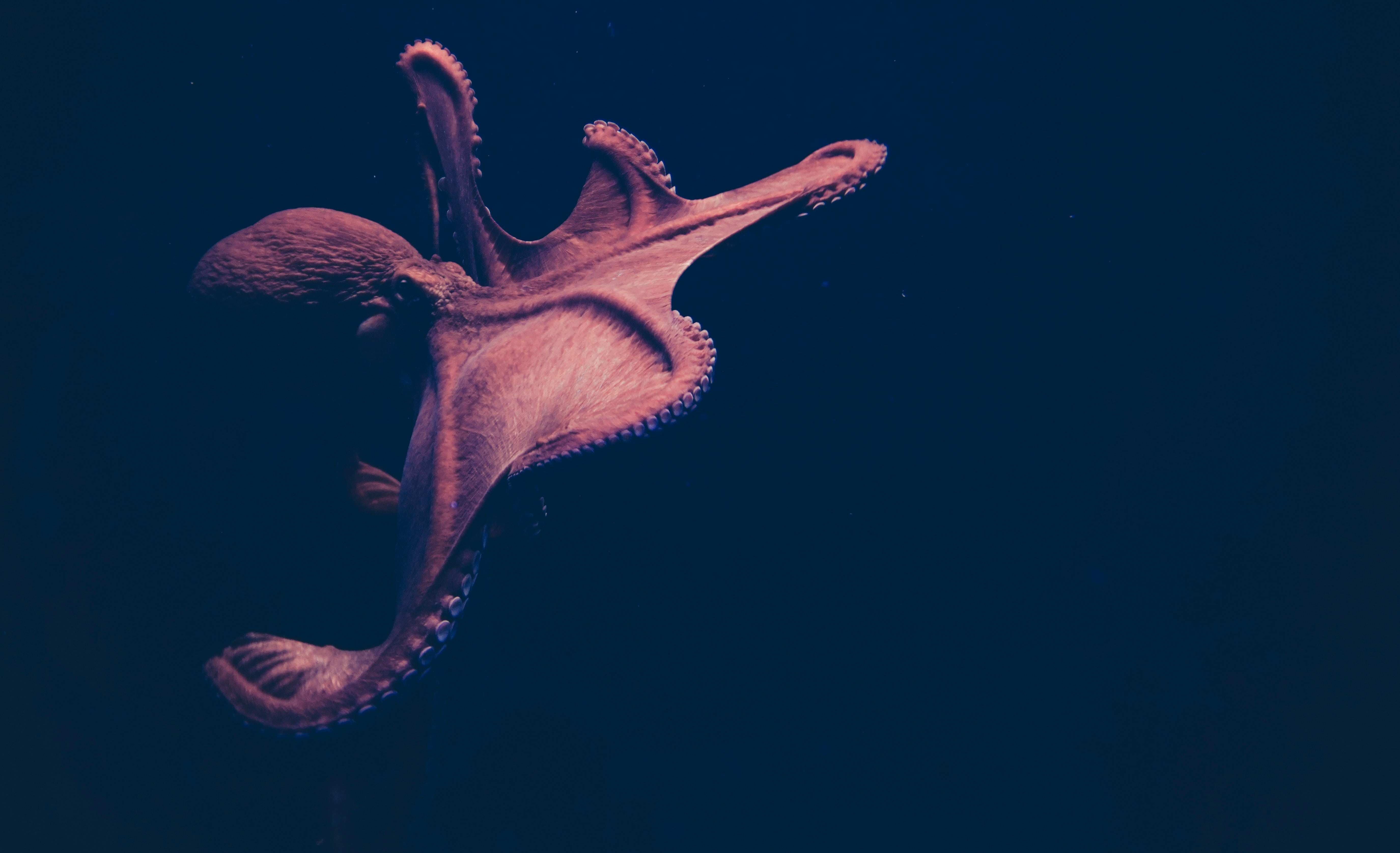What if the way squid and octopuses move could inspire a new way to deliver medicine? That’s exactly what scientists have achieved with an innovative technology that uses tiny jetting devices to administer drugs directly into the gastrointestinal (GI) tract. These devices mimic how cephalopods like squid and octopuses propel themselves through water, offering a needle-free, effective, and painless alternative for drug delivery. This breakthrough could transform how we take essential medicines, making treatments like insulin for diabetes more accessible and less invasive.
The Problem with Current Drug Delivery
Many important drugs, such as insulin and certain vaccines, are given through needles. While injections are effective, they’re not always ideal - they can be painful, require training to administer, and generate waste like used needles that must be disposed of safely. Oral alternatives are often limited because stomach acid and digestive enzymes break down many drugs before they can be absorbed by the body. This is particularly problematic for diseases like diabetes, where patients need regular doses of injectable medicine.
The new cephalopod-inspired jetting devices aim to solve this problem by delivering drugs directly to the GI tract without needles. This approach ensures that medicines reach their target effectively, bypassing the challenges of oral delivery while eliminating the discomfort of injections.
How the Jetting Devices Work
The devices, called “microjet systems,” deliver high-pressure streams of liquid into the GI tissue. This process mimics the way squid and octopuses shoot water to propel themselves, creating a controlled jet that penetrates the tissue just enough to release the medicine.
There are two main types of these devices. One is a tethered system that doctors can use during procedures, like endoscopies, to deliver medicine precisely. The other is an autonomous system that can be swallowed like a pill, making it suitable for everyday use by patients at home. Both designs are carefully engineered to ensure safety and effectiveness, with features like adjustable pressure to control how deep the jets go.
Testing the Technology
The researchers tested these devices using animal models to see how well they could deliver drugs like insulin and GLP-1, which are commonly used to treat diabetes. The results were remarkable: the devices delivered the medicine as effectively as traditional injections.
The team also tested different settings to optimize the devices. For example, they adjusted the nozzle size, jet pressure, and angle to find the best combination for safely delivering drugs to different parts of the GI tract. They even showed that the jets could work without direct contact with the tissue, making the technology even more versatile.
Why This Matters for Patients
This breakthrough could change how millions of people manage chronic conditions. For diabetes patients who currently rely on multiple injections every day, these jetting devices could offer a painless and easy alternative. Patients could potentially take a pill that delivers insulin directly, reducing the need for needles and improving their quality of life.
The technology also has applications in medical procedures. Doctors performing endoscopies or other exams could use these devices to deliver medicine precisely where it’s needed, improving treatment outcomes. Additionally, because the system doesn’t generate sharps waste, it’s more environmentally friendly and easier to use in remote or resource-limited settings.
The Science Behind the Inspiration
This innovation is a perfect example of bio-inspired technology - using ideas from nature to solve real-world problems. Cephalopods like squid and octopuses have evolved to use high-pressure jets for movement, a mechanism that works efficiently and precisely in their underwater environment. By adapting this concept for medicine, researchers have created a solution that addresses multiple challenges in drug delivery.
What’s Next for This Technology?
The devices are still in the early stages of development, but the results are promising. The next steps include refining the technology to make it smaller, easier to manufacture, and ready for human trials. Researchers will also explore how the system can be adapted for different drugs and delivery targets within the body.
With further development, this technology could lead to a needle-free healthcare revolution, making treatments more comfortable and accessible for patients around the world. It could also open up new possibilities for treating conditions that currently rely on invasive procedures or expensive equipment.
A Future Without Needles?
This cephalopod-inspired approach offers a glimpse into the future of medicine. By borrowing from nature’s designs, scientists are creating solutions that are not only innovative but also practical and patient-friendly. Imagine a world where injections are replaced by painless pills or precise, targeted treatments - all thanks to lessons learned from squid and octopuses.


